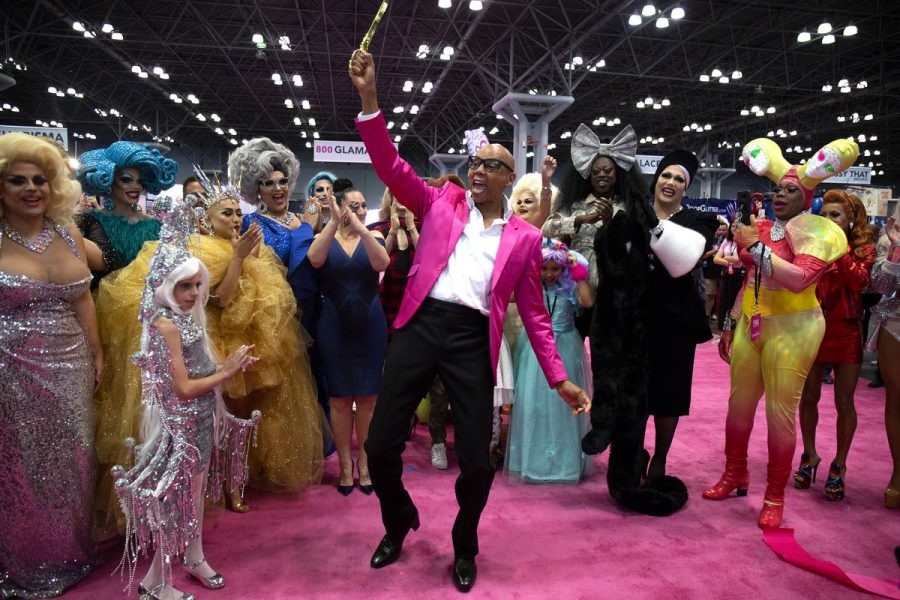Drag culture gets watered down by mainstream TV
May 15, 2019
Centuries ago, dressing in drag was a way for males to satisfy female roles in theatrical plays.
The common theater practice of men wearing women’s clothing, contouring their beards and portraying the mannerisms of some fair maiden, was the norm on stage.
Although etymology is still disputed, the term “drag” was first used circa 1870 to describe the long, heavy dresses worn by males.
Since its emergence, the evolution of drags, from Shakespearean drama to the historic Stonewall Riots in 1969, was memorialized by the horizontal stripes of color on the rainbow flag.
It wasn’t until the late 80s, thanks to the underground ball scene, that drag’s subculture began to take shape.
Balls, mostly made up of disowned gay youth from black and Latino communities, became an outlet for LGBTQ members to perform lip-syncs or walk the runway in fashions pertaining to a variety of categories for a chance to win a trophy.
Gay clubs that featured local drag talent would soon begin to emulate the structure used in the ball scene. Drag as an art form, however, didn’t gain notoriety until RuPaul Andre Charles slipped on his stiletto pumps and blonde wig and released the song “Supermodel (You Better Work)” in 1993.
RuPaul, along with future drag icons including Lady Bunny, CoCo Peru and Amanda Lepore, would soon become a household name, although acceptance of their craft was scarce.
But over the last decade drags’ assimilation from a taboo form of entertainment that brought the LGBTQ community together has become commercialized into an exploitative cash machine. This is largely due to a reality television show, created and hosted by RuPaul himself.
“RuPaul’s Drag Race,” now in its 11th season, pits drag queens from across the United States against each other in a competition to find America’s next drag superstar.
The Emmy award-winning show, which premiered in 2009 on Logo TV, quickly moved to VH1 after ratings jumped.
Once “RuPaul’s Drag Race” moved from the LGBTQ-oriented Logo TV, networking and marketing of the show began to focus more on mainstream popularity of straight viewership.
In essence, “RuPaul’s Drag Race” is a television show that borrows heavily from the underground drag ball scene and uses it to capitalize off of up and coming drag queens, while disregarding the history of it all.
At one point in the earlier seasons of the series, slang words like “Werq” and “Shade” were attributed to the drag subculture via the 1990 documentary “Paris Is Burning,” which depicts the epitome of the underground ball scene.
In hindsight, the mainstream exposure can in some ways educate the masses about a community that is disproportionately targeted for its very way of life. But the overall product has developed into a generic get-rich-quick scheme.
It has turned a once candid look at the world of drag culture into a marketing sensation that has CIS teenage girls walking around with Trixie Mattel shirts on saying phrases like “Yasss Gawd.”


